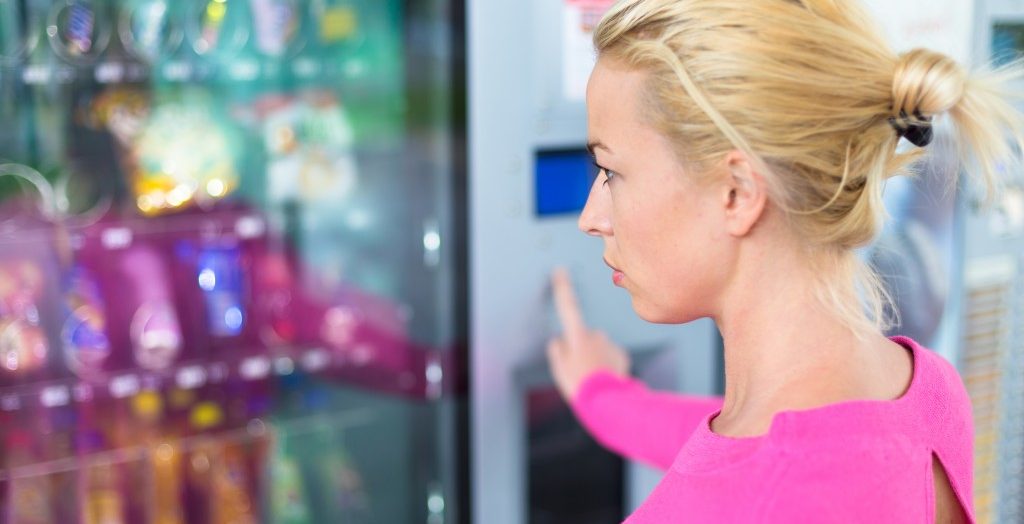In most instances, the biggest contributors to retail sales are those unplanned purchases. Unfortunately, a lot of business owners, especially the newbies, tend to overlook this fact. As a result, they miss opportunities to encourage impulse buys among potential customers. Yes, there’s such a thing as provoking impulse buys. With a few changes in your store design, you can hit the right spot and home customers in on the checkout counter. Here are some clever tactics to follow:
1. Put up eye-catching signs
The first step in creating the urge to buy is letting customers see what exactly they would want to buy. Visibility is key. Put big placards of your discounts and promos right at your store’s windows, together with the ‘star products’ customers shouldn’t resist. Remember that there’s a certain art to framing your messages in your displays. You have to hit two things: urgency and value. You should be able to communicate to customers that promos are for limited-time only and that they get more bang for the buck when they do make the purchase. This would make your messages more compelling, compelling enough to get their hands on your products. In terms of the actual display of products, it should make people envision what it will be like to have your products on them.
2. Consider placement of products carefully
Aside from big discount signs, you also have to be strategic on where you’d place the products. This is especially crucial for those that aren’t necessarily on sale since they wouldn’t have those big placards drawing attention to them. The hotspots for impulse buys are those areas near your checkout counter and the ones near your bestsellers. Create pockets of visually appealing kiosks or stands containing the products you want customers to get, leading up to your checkout counter. And then for the product near your most sellable items, use the wall mounted shelves NZ manufacturers provide so the products are easily seen. Remember the age-old trick in arranging your items: keep the expensive ones at the eye level.
3. Know which products make good impulse buys

There are only a few items people are willing to buy when it’s out of their to-buy list. To cater to those urges, you have to learn exactly which those items are. For starters, it’s the small, easy-to-grab, inexpensive items that are most appealing to mindless buying impulses. Stuff that triggers the senses is a good impulse buy, too. This includes lotions, perfumes, candies, and chewing gums. Products that are considered essentials are also ideal items. Facial tissue, hand sanitizer, wet wipes, or lip balm fall under this category. If you have little items that complement your primary products, that would make for good impulse buys. For instance, if your primary products are leather boots, you can add shoe polish or electric polishers near product displays.
Again, impulse buys create a huge pie in your retail sales. If you want to boost earnings, appealing to those urges should be part of your sales strategy. Remember these tips as you introduce changes in your store design.






